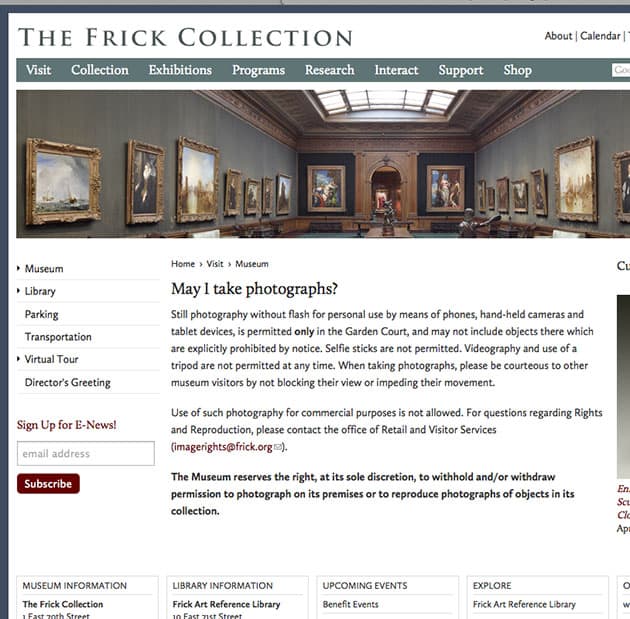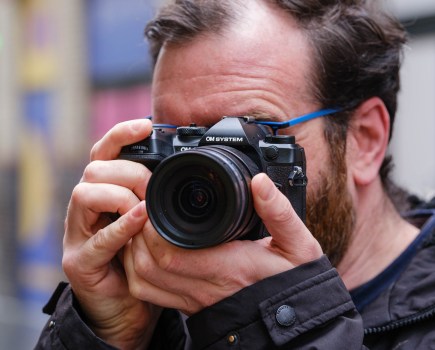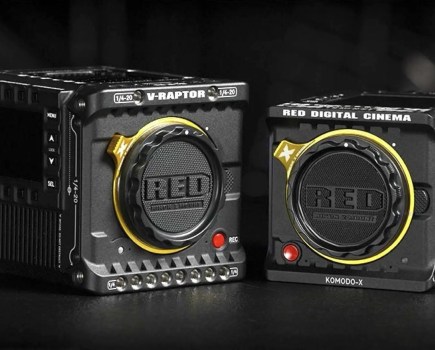The news prompted Amateur Photographer (AP) to ask a few major UK museums about their policies on selfie sticks, which led us to look into their wider policies on photography for visitors.
The Tate operates the Tate Modern and Tate Britain museums in London, Tate Liverpool, and Tate St Ives in Cornwall. A spokeswoman told us: ‘Tate allows the use of selfie sticks, provided that users respect fellow visitors and adhere to the Tate’s photography policy.’
The Tate’s policy on visitor photography states: ‘Photography in the main galleries is allowed for personal, non-commercial purposes only.
‘It is the visitor’s responsibility to ensure no copyright is infringed.’
The Tate bans the use of flash and tripods. And its museums do not allow photography at paying exhibitions at ‘any time’.
Meanwhile, a spokeswoman for the Victoria and Albert Museum in London said: ‘Visitors to the V&A are currently permitted to use selfie sticks in line with the museum’s general policy on photography and filming with a handheld camera for personal use.’
But the V&A did not rule out a future change in policy on selfie sticks, by telling AP: ‘All policies relating to the safety of the V&A’s visitors and collections are reviewed on an ongoing basis.’
Although flash is allowed inside the V&A’s galleries, tripods, monopods and ‘supplementary video lighting’ are not.
Not surprisingly, commercial photography is not allowed, either.
The National Media Museum (NMM), based in Bradford, West Yorkshire, effectively serves as the nation’s photography museum. It houses more than 250,000 images and 8,000 pieces of photographic equipment from the Royal Photographic Society Collection.
An NMM spokesman told us: ‘We constantly assess any risks to our exhibits and visitors, and at present selfie sticks are not considered a problem.’
He added: ‘We would always request visitors be aware of their own and others’ safety when inside the museum.’
The NMM is part of the Science Museum Group, which does not permit photography ‘for anything other than private, non-commercial, purposes’.
However, the group also requires visitors to obtain permission from anyone they photograph inside its five museums nationwide.
The Science Museum Group’s photography policy states: ‘Visitors are not permitted… to make any recording or take any photograph of any person without the authorisation of that person.’
Clearly, a selfie-stick user will have no problem getting permission from themselves as the subject, but if they happen to take pictures of anyone else that could be an issue.

The Frick Collection art museum is among the New York institutions to have already banned selfie sticks








